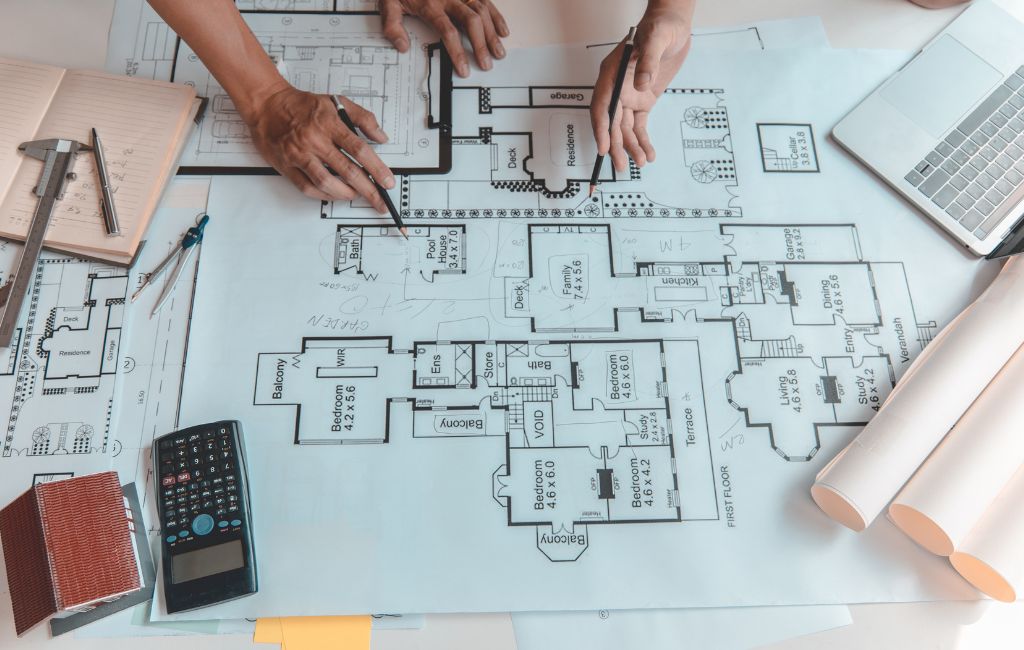Architect Designs for Sustainable Living
In recent years, the focus on sustainable living has grown significantly. Architects play a pivotal role in this movement by designing buildings that minimize environmental impact and promote a healthier lifestyle. This article explores various architect designs that contribute to sustainable living, supported by examples, case studies, and statistics.
Principles of Sustainable Architecture
Sustainable architecture revolves around several key principles aimed at reducing the ecological footprint of buildings. These principles include:
- Energy Efficiency
- Use of Renewable Resources
- Water Conservation
- Waste Reduction
- Healthy Indoor Environment
Energy Efficiency
Energy-efficient designs are fundamental to sustainable architecture. This involves optimizing the building’s orientation, insulation, and ventilation to reduce energy consumption. For instance, passive solar design leverages natural sunlight for heating and lighting, significantly cutting down on energy use.
Use of Renewable Resources
Incorporating renewable resources such as solar panels, wind turbines, and geothermal systems can drastically reduce a building’s reliance on non-renewable energy sources. These technologies not only lower energy costs but also contribute to a cleaner environment.
Water Conservation
Water conservation is another critical aspect of sustainable architecture. Techniques such as rainwater harvesting, greywater recycling, and low-flow fixtures help reduce water usage. These methods are particularly beneficial in areas facing water scarcity.
Waste Reduction
Minimizing waste during construction and throughout the building’s lifecycle is essential for sustainability. This can be achieved through the use of recycled materials, modular construction, and efficient waste management systems.
Healthy Indoor Environment
Creating a healthy indoor environment involves using non-toxic materials, ensuring proper ventilation, and maximizing natural light. These factors contribute to the well-being of the occupants and reduce the risk of health issues related to poor indoor air quality.
Innovative Sustainable Building Designs
Several innovative designs have emerged in the field of sustainable architecture. These designs not only meet the principles of sustainability but also push the boundaries of traditional architecture.
Green Roofs and Walls
Green roofs and walls are becoming increasingly popular in urban areas. These features provide insulation, reduce the urban heat island effect, and improve air quality. A notable example is the Bosco Verticale in Milan, Italy, which incorporates over 900 trees and 5,000 shrubs on its facades.
Net-Zero Energy Buildings
Net-zero energy buildings produce as much energy as they consume, often through a combination of energy-efficient design and renewable energy sources. The Bullitt Center in Seattle, USA, is a prime example, achieving net-zero energy through solar panels, rainwater harvesting, and composting toilets.
Biophilic Design
Biophilic design integrates natural elements into the built environment, promoting a connection with nature. This approach has been shown to improve mental health and productivity. The Amazon Spheres in Seattle, USA, feature a lush indoor garden with over 40,000 plants, creating a unique and sustainable workspace.
Adaptive Reuse
Adaptive reuse involves repurposing existing buildings for new functions, reducing the need for new construction and preserving historical structures. The High Line in New York City is a successful example, transforming an old railway line into a vibrant public park.
Case Studies in Sustainable Architecture
Several case studies highlight the effectiveness of sustainable architecture in real-world applications. These projects demonstrate the potential for innovative designs to create environmentally friendly and functional spaces.
One Central Park, Sydney
One Central Park in Sydney, Australia, is a mixed-use development that incorporates numerous sustainable features. The building’s facade is covered with vertical gardens, providing insulation and improving air quality. Solar panels and a tri-generation plant supply renewable energy, while a water recycling system reduces water consumption by 50%.
BedZED, London
The Beddington Zero Energy Development (BedZED) in London, UK, is a pioneering eco-village that aims to achieve zero carbon emissions. The development features energy-efficient homes, renewable energy sources, and a strong focus on community living. BedZED has successfully reduced its residents’ carbon footprint by 56% compared to the UK average.
Masdar City, Abu Dhabi
Masdar City in Abu Dhabi, UAE, is an ambitious project designed to be one of the most sustainable cities in the world. The city incorporates renewable energy, water conservation, and waste reduction strategies. Masdar City aims to be a zero-carbon, zero-waste community, setting a benchmark for future sustainable urban developments.
Statistics on Sustainable Architecture
Statistics provide valuable insights into the impact of sustainable architecture. Here are some key figures:
- Buildings account for 39% of global carbon emissions (Source: World Green Building Council).
- Green buildings can reduce energy consumption by up to 30% (Source: U.S. Green Building Council).
- Water-efficient buildings can reduce water usage by up to 50% (Source: Environmental Protection Agency).
- Green roofs can reduce urban heat island effect by up to 5°C (Source: National Research Council of Canada).
Conclusion
Sustainable architecture is a vital component of the global effort to combat climate change and promote healthier living environments. By adhering to principles such as energy efficiency, use of renewable resources, water conservation, waste reduction, and creating healthy indoor environments, architects can design buildings that significantly reduce their ecological footprint. Innovative designs like green roofs, net-zero energy buildings, biophilic design, and adaptive reuse showcase the potential for sustainable architecture to transform our built environment. Case studies such as One Central Park, BedZED, and Masdar City provide real-world examples of successful sustainable projects. As the demand for sustainable living continues to grow, architects will play an increasingly important role in shaping a more sustainable future.
